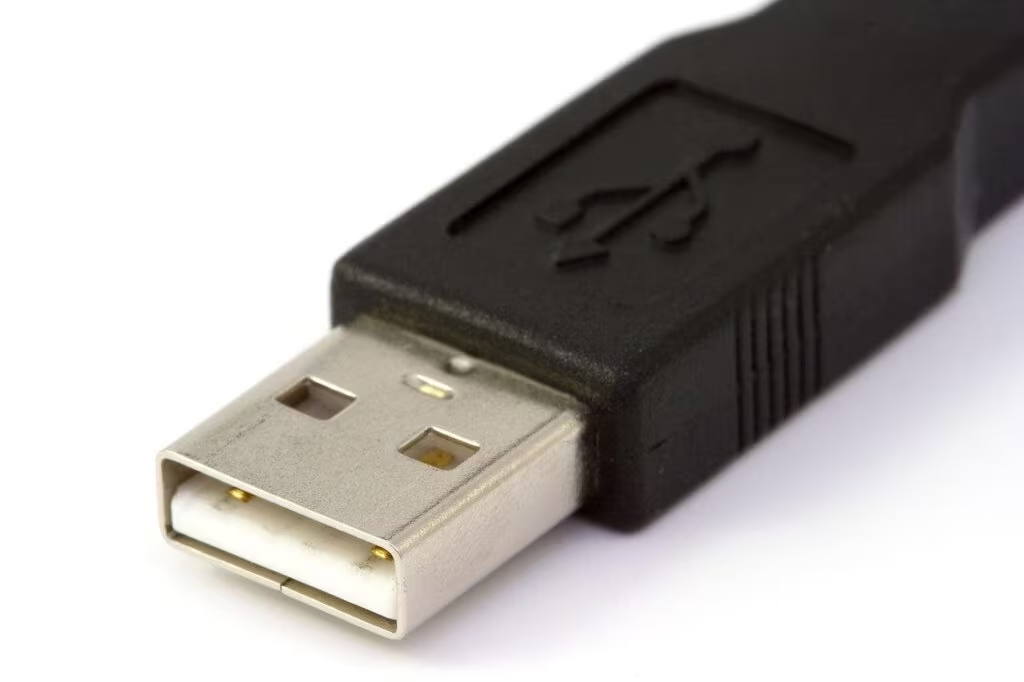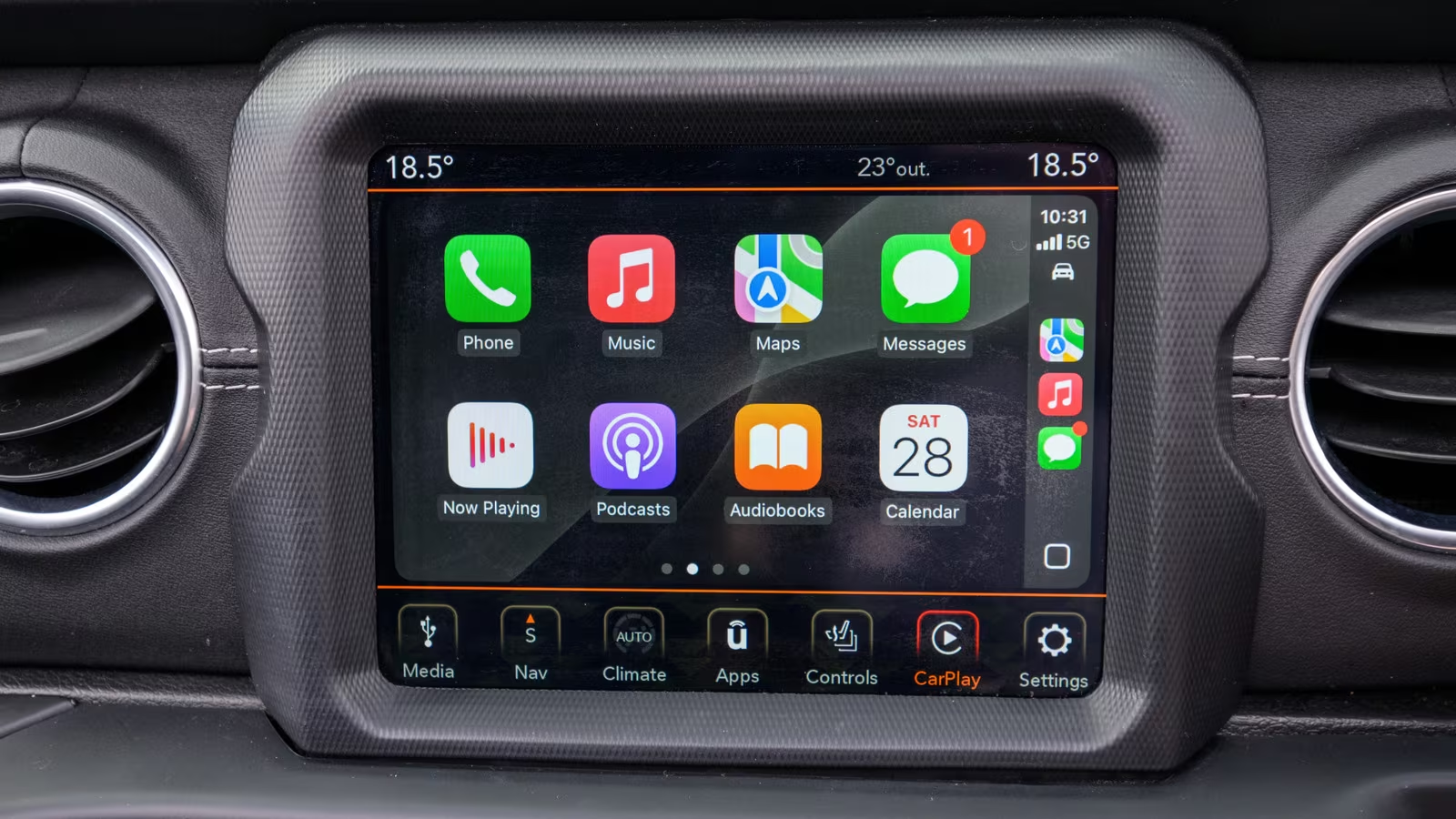The Convenience vs. Compromise: Understanding Wireless CarPlay Adapters
Apple CarPlay offers a seamless way to integrate your iPhone experience with your vehicle’s infotainment system, providing access to navigation, music, and communication tools safely while driving. While newer vehicles often include wireless CarPlay from the factory, millions of cars still rely on the original wired CarPlay connection, requiring you to plug in your phone every time you drive.
This gap has fueled the popularity of third-party wireless adapters—small devices designed to convert your existing wired connection into a wireless one. The promise is simple: hop in, and CarPlay connects automatically. However, before you invest in one of these popular gadgets, there are three fundamental technical and compatibility requirements that every potential buyer must understand. Ignoring these can lead to frustration and a wasted purchase.
1. Compatibility is Non-Negotiable: You Must Already Have Wired CarPlay
This is perhaps the most common misconception. A wireless CarPlay adapter is a converter, not an installer. It cannot add CarPlay functionality to a vehicle that does not already possess a factory-installed, wired CarPlay system.
If your car’s infotainment system does not currently support CarPlay when you plug in your iPhone via USB, buying a wireless adapter will not magically grant that capability. The adapter’s sole function is to intercept the wired signal that your car already recognizes and convert that data stream into a wireless signal (typically via Wi-Fi and Bluetooth) that your iPhone can communicate with.
Checking Your Vehicle
Before purchasing, confirm the following:
- Factory Installation: Your car must have come from the manufacturer with wired CarPlay support.
- Test the Wired Connection: Ensure your current wired connection works reliably. If the wired connection is intermittent, the wireless adapter will not fix the underlying issue.

2. Expect Latency: The Trade-Off for Wireless Freedom
While the convenience of a wireless connection is undeniable, it comes at a cost: latency, or lag. This delay is inherent to the technology because the adapter must perform several complex steps in real-time:
- Receive the raw data stream from the iPhone (via Wi-Fi).
- Process and compress that data.
- Transmit the compressed data to the car’s USB port, mimicking a wired connection.
This conversion process introduces a slight delay that is usually negligible for simple tasks but becomes noticeable during specific interactions. While manufacturers have improved performance significantly in recent years, some lag remains a reality.
Where Latency is Most Apparent
| Area of Impact | Description of Delay | User Experience Consequence |
|---|---|---|
| Audio | A slight delay between pressing play/skip and hearing the change. | Music controls feel less responsive; noticeable delay when using voice commands (Siri). |
| Navigation | A delay between turning the steering wheel and seeing the map update. | Can cause confusion or over-correction, especially in complex intersections. |
| Touch Input | A fraction of a second delay between touching the screen and the app responding. | General interaction feels less snappy compared to a direct wired connection. |
For most drivers, the trade-off for convenience is acceptable. However, if you rely on split-second responsiveness—such as using CarPlay for track driving or high-precision navigation—the latency might be a significant drawback.
3. Power Consumption and Occupied Ports
A wireless CarPlay adapter is a small computer that requires continuous power to operate. It draws this power directly from the vehicle’s USB port, which is the same port you would normally use to charge your phone or connect for wired CarPlay.
The Dual Impact
- Occupied USB Port: The adapter permanently occupies the primary USB data port in your car. If your vehicle only has one such port, you will need an alternative method for charging your phone, such as a separate USB charging port, a 12V adapter, or a wireless charging pad.
- Continuous Power Draw: While the adapter’s power draw is minimal, it is constant while the car is running. Some adapters may continue to draw a small amount of power even after the car is turned off, depending on how your vehicle manages power to its USB ports. This is rarely an issue for modern cars but is worth monitoring, especially if you drive infrequently or have an older battery.

Key Takeaways for Buyers
Wireless CarPlay adapters offer a fantastic upgrade for convenience, but they are not a universal solution. Understanding the technical limitations ensures you make an informed decision and manage your expectations regarding performance.
Before making a purchase, review these essential points:
- Verify Existing System: The adapter must plug into a functional, factory-installed wired CarPlay port. It cannot add the feature to unsupported cars.
- Accept Latency: Be prepared for a slight delay in audio, video, and touch response compared to a direct wired connection. This is a technical reality of wireless conversion.
- Plan for Power: The adapter will occupy your primary USB data port. Ensure you have, or are willing to purchase, an alternative method for charging your iPhone during long drives.
By confirming these three critical factors, you can successfully transition to a wireless CarPlay experience that maximizes convenience without encountering unexpected technical hurdles.
Original author: Nichols deCourville
Originally published: November 9, 2025
Editorial note: Our team reviewed and enhanced this coverage with AI-assisted tools and human editing to add helpful context while preserving verified facts and quotations from the original source.
We encourage you to consult the publisher above for the complete report and to reach out if you spot inaccuracies or compliance concerns.

